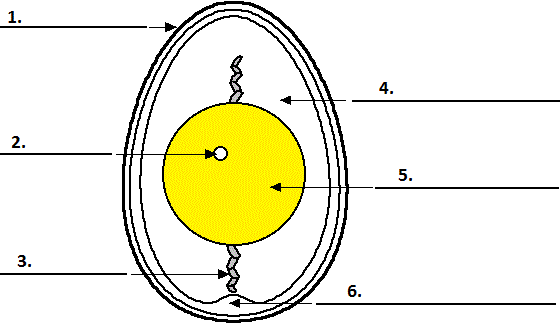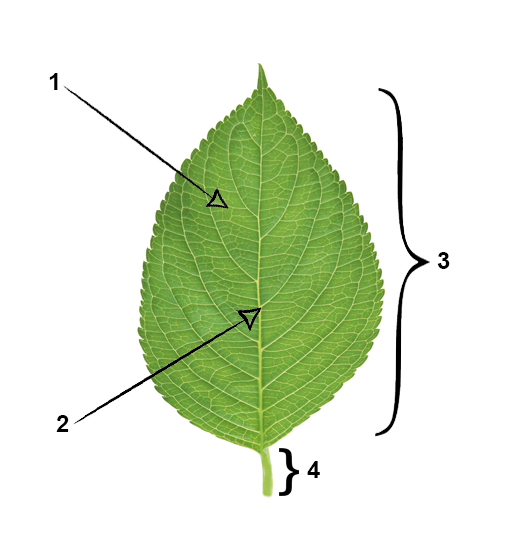IELTS Reading Passage Diagram Labelling/ Completion
Bicycle
I learned how to ride a bike when I was very
young but I never really knew much about what each part of the bike was called.
As I began to ask questions about bikes, I realized I had no clue what the
experts were saying. It was like a foreign language to me. So like any foreign
language you have to start with the basics.
The most known part of a bicycle, a bicycle
saddle, often called a seat, is one of three contact points on an upright
bicycle. It’s a place where you seat while riding a bike. A bicycle saddle is
commonly attached to the bicycle frame, the main component of a bicycle, onto
which wheels and other components are fitted. Cyclist often attach a bottle of
water to the underneath part of the frame, called a down tube.
The second contact point of the bicycle is a
pedal, the part of your bicycle that you push with your foot to propel the
bicycle. The pedal provides the connection between the cyclist's foot or shoe
and the crankarm. The crankarm turns the chain and propels the bicycle's wheel.
The dark round detail in the centre of the back wheel is called cogset, it is
used as speed transmission mechanism.
The last contact point of the bicycle is bicycle handlebar, the steering mechanism for bicycles. You put your hands on the bicycle handlebar and drive your bike by turning it to different sides. The handlebars are attached to the stem, which goes down and connects with a fork. The fork is a thin metal rod, which fore wheel is attached to.
Write NO MORE THAN TWO WORDS from
the passage for each answer. Do not write the articles.
1. ………………………………………….
2.…………………………………………
3.…………………………………………
4. ………………………………………..
5 ………………………………………….
6. …………………………………………
7 …………………………………………
8 …………………………………………
9 …………………………………………
10.…………………………………………
Sample 2
Dung beetles
Dung
beetles work from the inside of the pat so they are sheltered from predators
such as birds and foxes. Most species burrow into the soil and bury dung in
tunnels directly underneath the pats, which are hollowed out from within. Some
large species originating from France excavate tunnels to a depth of
approximately 30 cm below the dung pat. These beetles make sausage-shaped brood
chambers along the tunnels. The shallowest tunnels belong to a much smaller
Spanish species that buries dung in chambers that hang like fruit from the
branches of a pear tree. South African beetles dig narrow tunnels of
approximately 20 cm below the surface of the pat. Some surface-dwelling
beetles, including a South African species, cut perfectly-shaped balls from the
pat, which are rolled away and attached to the bases of plants.
For
maximum dung burial in spring, summer and autumn, farmers require a variety of
species with overlapping periods of activity. In the cooler environments of the
state of Victoria, the large French species (2.5 cms long), is matched with
smaller (half this size), temperate-climate Spanish species. The former are
slow to recover from the winter cold and produce only one or two generations of
offspring from late spring until autumn. The latter, which multiply rapidly in
early spring, produce two to five generations annually. The South African
ball-rolling species, being a sub-tropical beetle, prefers the climate of
northern and coastal New South Wales where it commonly works with the South
African tunneling species. In warmer climates, many species are active for
longer periods of the year.
Questions 6 – 8
Label the
tunnels on the diagram below using words from the box.
Write your answers
in boxes 6-8 on your answer sheet.
Sample 3
The chicken egg
Chicken egg consists of six main parts: albumin, yolk, shell,
germinal disc, chalaza and air cell. In further paragraphs we will learn all
the important information you need to know about these parts.
One of the main parts of the egg is yolk - the yellow, inner part
of the egg where the embryo will form. The yolk contains the food that will
nourish the embryo as it grows. Yolk is a major source of vitamins, minerals,
almost half of the protein, and all of the fat and cholesterol. The yolk
contains less water and more protein than the white part of the egg, some fat,
and most of the vitamins and minerals of the egg. The yolk is also a source of
lecithin, an effective emulsifier. Yolk color ranges from just a hint of yellow
to a magnificent deep orange, according to the feed and breed of the hen. Yolk
is anchored by chalaza - a spiral, rope-like strand that anchors the yolk in
the thick egg white. There are two chalazae anchoring each yolk; one on the top
and one on the bottom.
Another very important part of the egg is the albumin, which is
the inner thick white part of the egg. This part of the egg is a excellent
source of riboflavin and protein. In high-quality eggs, the inner thick albumen
stands higher and spreads less than thin white. In low-quality eggs, it appears
thin white.
Now let's talk about the
outer part of the egg - the shell It is a hard, protective coating of the egg.
It is semi-permeable; it lets gas exchange occur, but keeps other substances
from entering the egg. The shell is made of calcium carbonate and is covered
with as many as 17,000 tiny pores.
Air cell is an air space that forms when the contents of the egg
cool and contract after the egg is laid. The air cell usually rests between the
outer and inner membranes at the eggs larger end. As the egg ages, moisture and
carbon dioxide leave through the pores of the shell, air enters to replace them
and the air cell becomes larger.
And last but not least, let's look at the germinal disc. It's a
small, circular, white spot (2-3 mm across) on the surface of the yolk; it is
where the sperm enters the egg. The nucleus of the egg is in the blastodisc.
The embryo develops from this disk, and gradually sends blood vessels into the
yolk to use it for nutrition as the embryo develops.
Leaves' structure
Plants play a
very important role in our surroundings. Trees provide us with fresh air, shade
in summers, food, and other benefits without which we cannot even think of
living.
One
of the most principal organs of a tree is a leaf. The leaves are the organs
for photosynthesis - a process when carbon dioxide is turned
into oxygen. The structures of leaves are adapted for efficient photosynthesis.
Most
leaves are broad and so have a large surface area allowing them to absorb more
light. Also, they are thin, which means a short distance for carbon dioxide to
diffuse in and oxygen to diffuse out easily. The blade is the
broad, flat part of the leaf. Photosynthesis occurs in the blade, which has
many green food-making cells.
If
you look closer at leaves, you will notice networks of thin threads. Those
networks are called veins: they support the structure of the leaf
and transport substances to and from the cells in the leaf. The main vein of a
leaf, running down the centre of the leaf, is called midrib.
The area of some plants that connects the plant's stem and
leaf is called the petiole. The petiole is the pipeline through which the
products of photosynthesis are moved from individual leaves to the rest of a
plant and through which necessary chemicals and nutrients from other parts of
the plant are brought to individual leave.
Now it's time to label the diagram:
1.............................
2................................
3...............................
4...............................
Sample 5
To promote the security rate, liquid
fuels made its first appearance at the 1972 Munich Games. Since then, torches
have been using fuels which are pressurised into the form of a liquid. When the
fuels are burnt, they turn into gas to produce a flame. Liquid fuel becomes
safer for the runner and can be stored in a light container. The torch at the
1996 Atlanta Summer Olympics is equipped with an aluminium base that
accommodates a tiny fuel tank. As the fuel ascends through the modified handle,
it is squeezed through a brass valve that has thousands of little openings. As
the fuel passes through the tiny openings, it accumulates pressure. Once it
makes its way through the openings, the pressure decreases and the liquid
becomes gas so it can bum up.
The torch in 1996 was fuelled by
propylene, a type of substance that could give out a bright flame. However,
since propylene was loaded with carbon, it would produce plenty of smoke which
was detrimental to the environment. In 2000, the designers of the Sydney
Olympic torch proposed a lighter and cheaper design, which was harmless to the
environment. For the fuel, they decided to go with a combination of 35 per cent
propane (a gas that is used for cooking and heating) and 65 per cent butane (a
gas that is obtained from petroleum), thus creating a powerful flame without
generating much smoke. IELTS Xpress
Both the 1996 and 2000 torches adopted a
double flame burning system, enabling the flames to stay lit even in severe
weather conditions. The exterior flame bums at a slower rate and at a lower
temperature. It can be perceived easily with its big orange flame, but it is
unstable. On the other hand, the interior flame bums faster and hotter,
generating a small blue flame with great stability, due to the internal site
offering protection of it from the wind. Accordingly, the interior flame would
serve as a pilot light, which could relight the external flame if it should go
out.
Questions
36-40
Label the diagram below.
Choose NO MORE THAN THREE WORDS from the passage for
each answer.
Write your answers in boxes 36-40 on your answer sheet.
The Structure of the 1996 and 2000 Olympic Torches







.png)
No comments:
Post a Comment